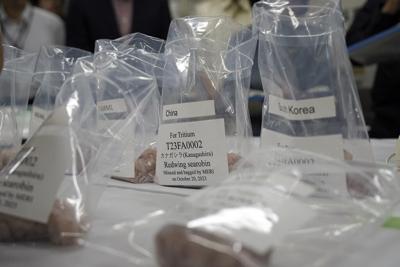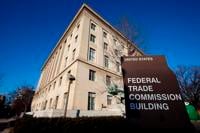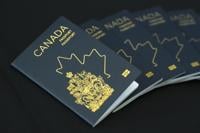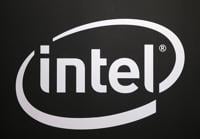ONJUKU, Japan (AP) — Scientists from the U.N. nuclear agency watched Friday as Japanese lab workers prepared samples of fish collected at a seafood market near the Fukushima nuclear plant to test the safety of treated radioactive wastewater released from the damaged plant into the sea.
The discharge of wastewater began on Aug. 24 and is expected to continue for decades. It has been strongly opposed by fishing groups and neighboring countries, including China and Russia, which have banned all imports of Japanese seafood.
Japan's government and the plant operator, Tokyo Electric Power Company Holdings, say the discharge is unavoidable because wastewater storage tanks at the plant will be full next year. They say the water produced by the damaged plant is treated to reduce radioactivity to safe levels, and then diluted with massive amounts of seawater to make it much safer than international standards.
On Friday, a team from the International Atomic Energy Agency watched as fish samples were prepared at the Marine Ecology Research Institute in the coastal town of Onjuku near Tokyo. The team is in Japan to inspect the collection and processing of seawater, sediment and fish samples from the area of the plant, which was damaged by a massive earthquake and tsunami in March 2011 that knocked out its cooling systems and caused three reactors to melt.
Samples prepared by the research institute will be sent for testing to the IAEA and 10 other research facilities in Japan, South Korea, China and Canada to ensure transparency and the safety of the water discharge.
It is important for the laboratories to compare the results using the same standards so “they can rely on and trust each other’s data,” said Iolanda Osvath, head of the IAEA's Radiometrics Laboratory.
The IAEA has already reviewed TEPCO's wastewater release plan and concluded in July that if it is carried out as planned, it will have a negligible impact on the environment, marine life and human health.
The IAEA has selected six species of fish — olive flounder, crimson sea bream, redwing searobin, Japanese jack mackerel, silver croaker and vermiculated puffer fish — for testing because they are known to have higher levels of radioactivity than other species due to the areas they tend to move around in, Paul McGinnity, an IAEA marine radiology scientist, said Thursday.
During Friday's lab visit, technicians prepared samples for the measurement of tritium, which cannot be removed from the wastewater by the treatment equipment at the Fukushima plant. The government and TEPCO say it is safe for humans if consumed in small amounts.
Other lab workers packed processed fish samples for measuring Cesium, which experts say is important to monitor because it tends to stay in fish muscles.
The Oct. 16-23 sampling work will be followed by a separate IAEA task force that will review the safety of the water discharge.








































